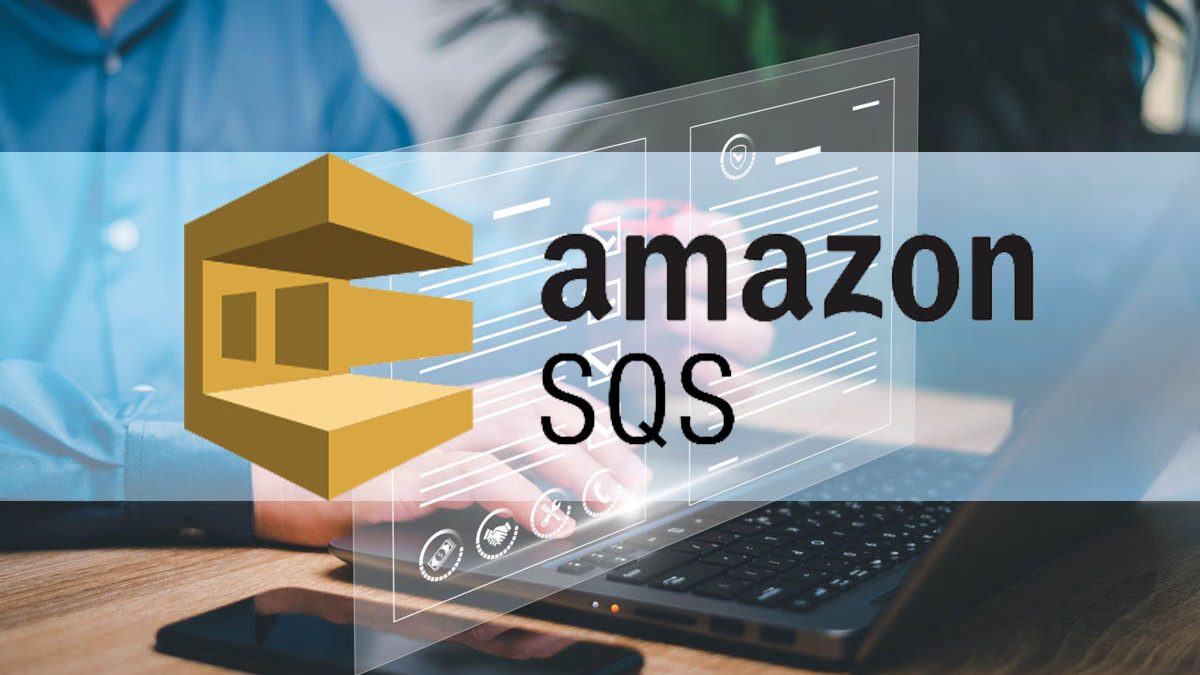Table of Contents
Introduction
Amazon Simple Queue Service (SQS) is a wholly managed message queuing service provided by Amazon Web Services. It empowers the decoupling of the components of a cloud application by letting them communicate asynchronously.
Furthermore, SQS helps structure distributed and fault-tolerant systems by posing as a reliable communication channel between different parts of an application.
Features of Amazon Simple Queue Service:
Amazon Simple Storage Service (S3), a fully managed message queuing service, offers several key features:
- Reliability:
SQS ensures reliable message delivery by storing messages in surplus across multiple servers and data centers.
- Scalability:
It scales horizontally to handle many messages and supports dynamic scaling as application demands alter.
- Asynchronous Communication:
This queuing service allows asynchronous communication between different system components, helping decoupling and flexibility.
- Visibility Timeout:
The visibility timeout feature allows consumers to temporarily hide a message from the queue to avoid it from being processed by other consumers.
- Message Retention:
It allows users to set a retention period for messages, outlining how long messages are retained in the queue, even if they have been processed.
- Dead-Letter Queues:
Dead-letter queues aid in handling unsuccessful messages after a certain number of tries, allowing for further analysis.
- Security:
Simple Queue Service integrates with AWS Identity and Access Management (IAM) for granular access control, ensuring secure message handling.
Types of Amazon Simple Queue Service:
There are only two known types of queues in SQS:
Standard Queue:
These types of queues offer high throughput and optimum ordering of messages. They provide at-least-once delivery, meaning a message is delivered at least once, but random duplicates may occur.
FIFO Queue:
FIFO (First-In-First-Out) Queues provide ordered message delivery and exactly-once processing. Therefore, they are suitable for scenarios where message order and processing reliability are crucial.
Use Cases of Amazon Simple Queue Service:
- Decoupled Architecture:
- This queuing service facilitates the formation of loosely coupled systems, where components communicate without direct dependencies, augmenting system resilience.
- Batch Processing:
- It is useful for handling large-scale batch processing tasks, where messages process freely and in parallel.
- Task Queues:
- It is an effective task queue for handling background tasks or asynchronous operations within an application.
- Event-Driven Systems:
- SQS is valuable for building event-driven architectures, letting components to react to events without direct dependencies on each other.
- Distributed Systems:
- Applications with distributed components benefit from SQS by guaranteeing reliable message delivery between various services.
Pricing of Amazon Simple Queue Service:
Amazon SQS follows two pricing models:
Standard: Users will be charged for the number of messages they send or receive, regardless of the message size. In addition, it is the default pricing of the SQS.
Brust: This pricing model plan is for applications with busy traffic patterns. Users will have to pay the bill every month.
Conclusion:
In conclusion, Amazon Simple Queue Service is a crucial component in the Amazon Web Services ecosystem, proposing a scalable and reliable solution for asynchronous communication between different parts of cloud applications.
By promoting decoupling and empowering the creation of loosely coupled systems, SQS boosts the resilience and flexibility of distributed architectures. Its two types of queues—Standard and FIFO—cater to a selection of use cases, from scenarios where high throughput is critical to situations requiring ordered and exactly-once delivery.
With features like visibility timeout, dead-letter queues, and seamless integration with IAM, this queuing service provides a robust and versatile messaging service, authorizing developers to build scalable and fault-tolerant cloud applications.

